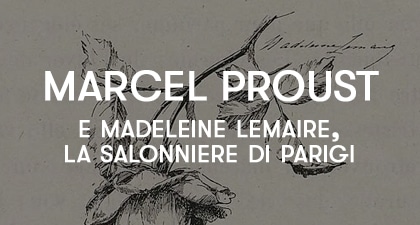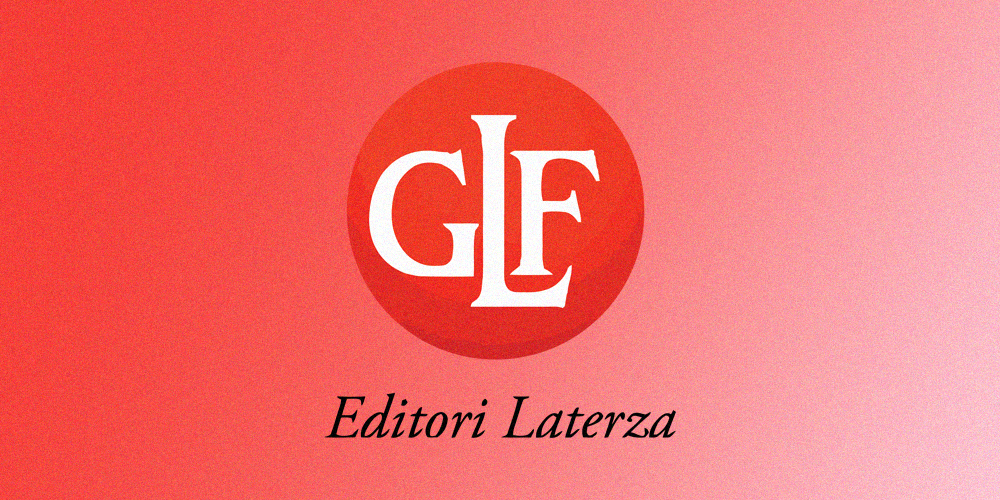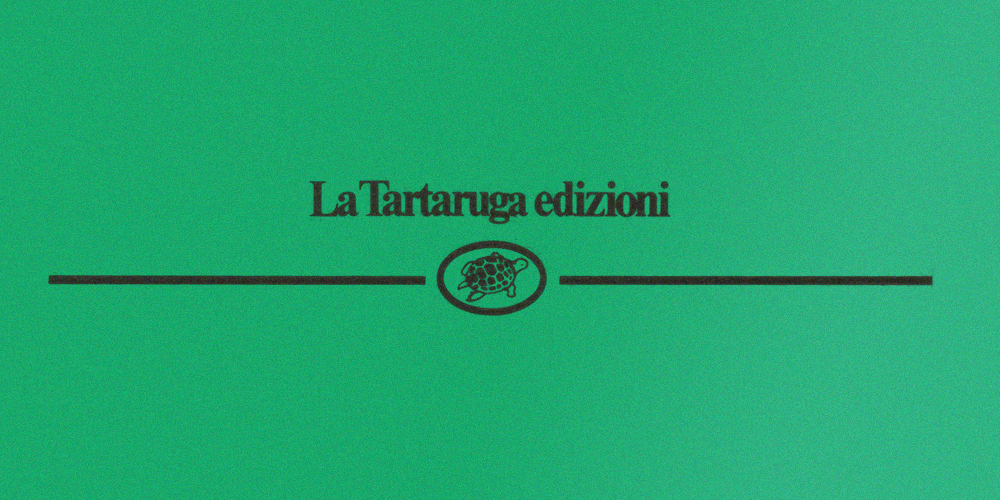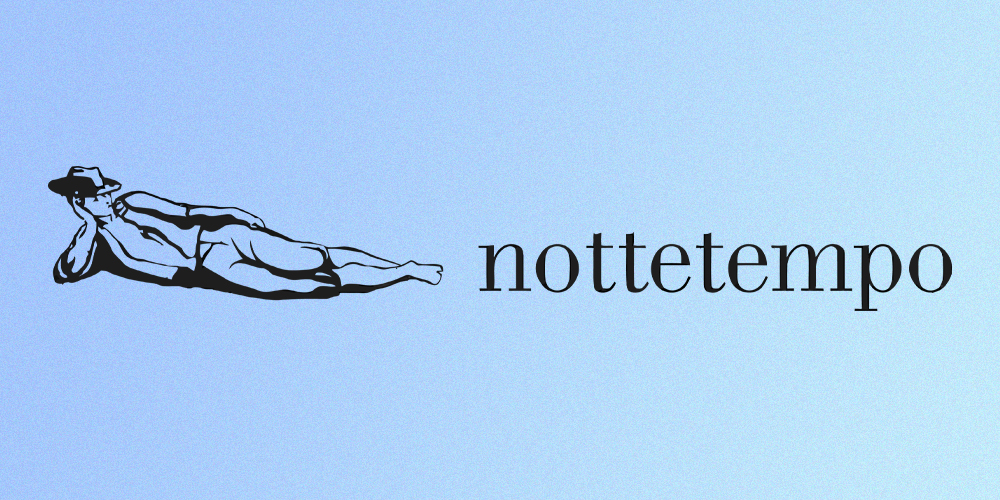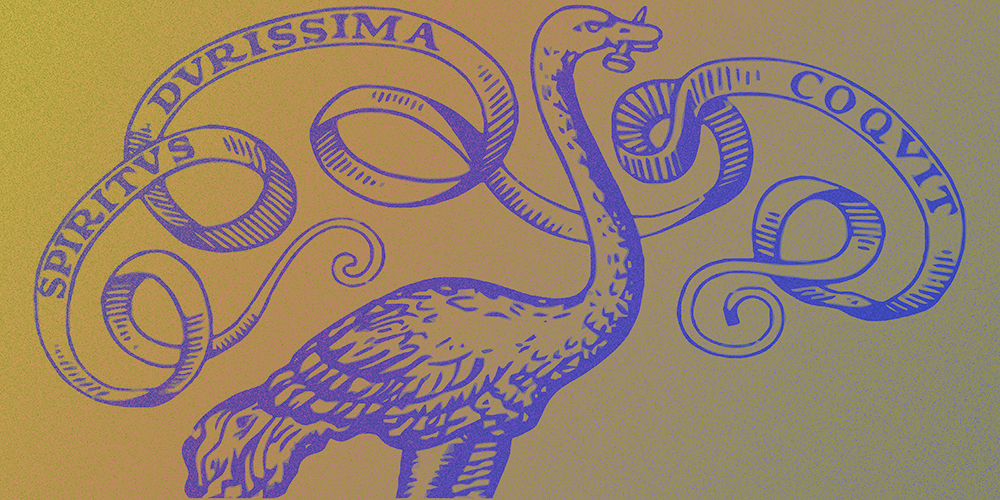
Starting from February, we decided to revisit the history of our publishing house and, therefore, of our culture with you, the readers.
We believe that the cultural roots of a country are essential in shaping its identity. We begin with the history of the Turin-based publishing house, Giulio Einaudi, known to many of you by its logo: The Ostrich.
The Einaudi publishing house was founded in 1933 by a group of young students from the D’Azeglio classical high school in Turin, united by a strong civic commitment and inspired by the values of culture and freedom. The group included Giulio Einaudi (1912), son of Luigi, who would later become the President of the Republic, Leone Ginzburg (1909), Cesare Pavese (1908), Massimo Mila (1910), and Norberto Bobbio (1909), later joined by other prominent intellectuals such as Natalia Ginzburg and Giaime Pintor.

It was a diverse group, but united by a strong commitment to antifascism and a great curiosity for foreign cultures and literatures, especially European and even more so non-European.
Giulio Einaudi embodied the entrepreneurial spirit, and Leone Ginzburg was the first editorial director. In the late 1930s, the first series of essays were launched, including the “Saggi” series, which defined the distinctive features of the newly founded publishing house. Despite fascist repression, the Turin-based publishing house continued its intense activity.

After 1936, Pavese’s role grew, and he promoted the translation of works by Defoe, Gertrude Stein, Dickens, Melville, and other foreign classics.
The situation worsened in 1943: Ginzburg died in prison in 1944. Giaime Pintor also died while trying to join the partisans.
Meanwhile, the branches in Rome and Milan had opened. The Milan branch was directed by Elio Vittorini, who, in the immediate post-war period, founded “Il Politecnico”, an innovative periodical both in terms of the topics covered and its graphic design. After the war, Cesare Pavese took over the editorial leadership of Einaudi.

The publishing house diversified its essay production, expanding into anthropology and psychoanalysis, and became a key reference for both Italian and foreign literature with the launch of the “Coralli,” “Supercoralli,” and “Millenni” series.

After Pavese’s death in 1950, Luciano Foà was called to replace him.
In those years, “I gettoni” by Vittorini renewed the catalog, promoting new authors such as Fenoglio, Lucentini, Rigoni Stern, Anna Maria Ortese, Sciascia, and many others.
Meanwhile, Giulio Bollati’s influence grew within the publishing house, starting as an editor, then becoming co-director, and later general director.
Bollati remained at the helm of Einaudi until 1979, when his agreement with the founder broke down.
It was he who valued many internal collaborators such as Italo Calvino, Paolo Serini, Bruno Fonzi, and Paolo Boringhieri. And it was always he who connected entire generations of intellectuals to the publishing house.
Vittorini and Calvino focused mainly on literature, through the fiction series and the magazine “Il menabò” (1959-1967), while Bollati coordinated the essays and the classics series.

During this period, the “Piccola Biblioteca Einaudi” (1960), “Nuova Universale Einaudi” (1962), “Collezione di poesia” (1964) were born, followed by “Nuovo Politecnico” and other series.
The 1970s represented the time when Einaudi achieved the highest level of visibility and distribution.
Examples of this include the six large volumes of “Storia d’Italia” (1972-1976), which were produced in over one hundred thousand copies. During the same years, “La storia” by Elsa Morante (1974) sold about a million copies.

Also from this period came “Gli struzzi”, a semi-economic series that featured the best of the other series, and Calvino’s “Centopagine”.
The 1980s were, in fact, difficult years for the Turin-based publishing house.
It went through a serious financial crisis and was placed under receivership. Despite this, it still managed to publish new authors and set up original series such as “Microstorie” and “Scrittori tradotti da scrittori”.
The 1990s marked the period of ownership transfer to the Mondadori group and an important editorial turning point.
A new front opened with pocket books, which Einaudi had almost never had before. These took on their own form and size, being called ET.
In 1996, “Stile libero” was born, a trendsetting series aimed at a youthful audience, but not exclusively.
Giulio Einaudi remained President until his death in 1999. In the following years, new series were launched, such as “L’arcipelago Einaudi”, “Le Vele”, “I nuovi Struzzi”, and “Einaudi Storia”.
Are you interested in stories about the world of books?
Here you can find all our articles.



